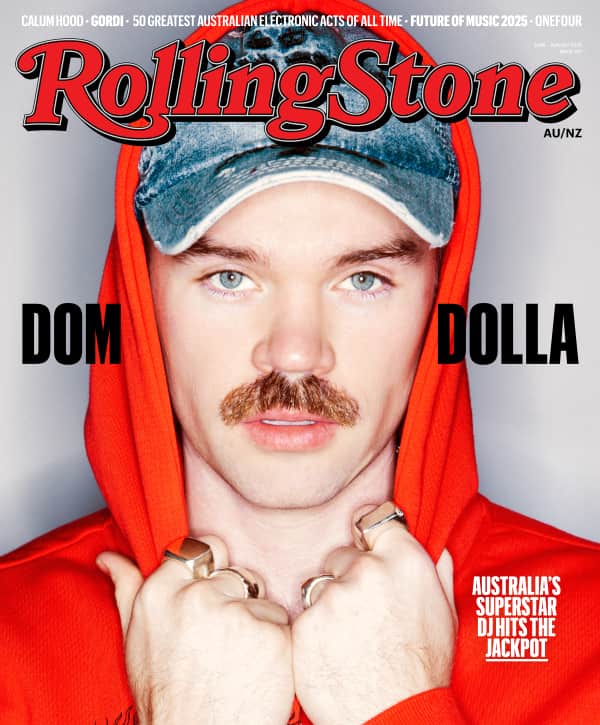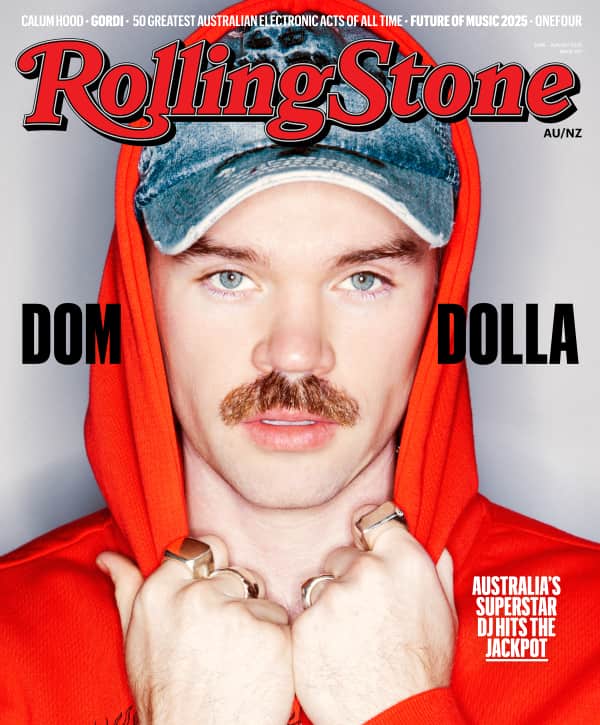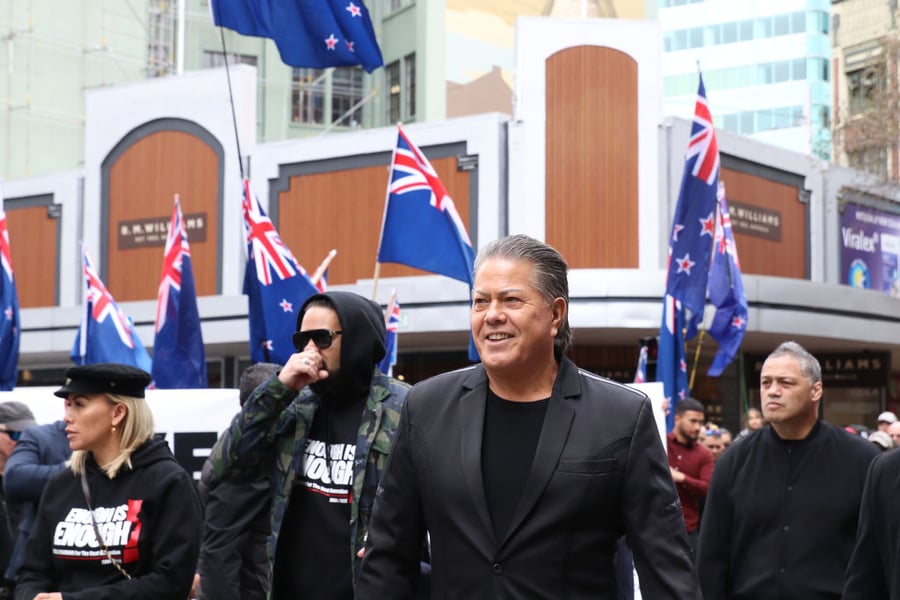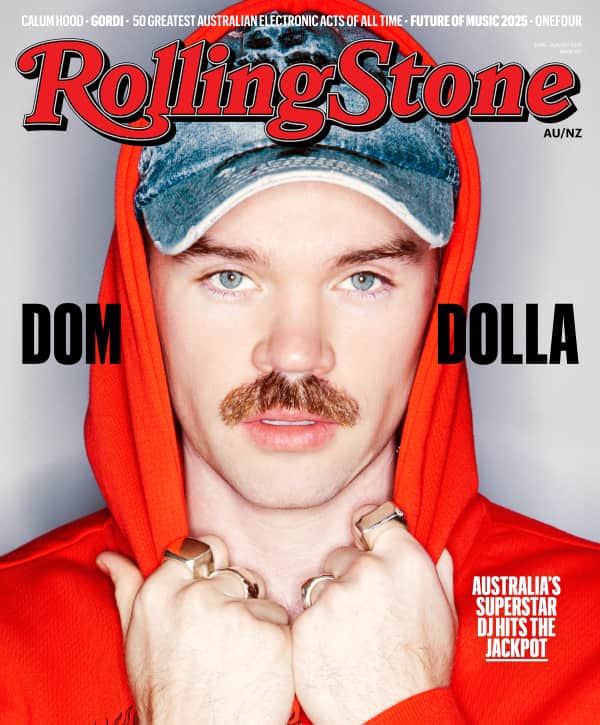You are the company you keep.
Brian Tamaki, the Destiny Church leader, Christian fundamentalist, and failed politician, loves a march. He marched down Queen Street in Auckland in June, claiming “the spread of non-Christian religions is now out of control” in New Zealand. Last November saw him march — right down the motorway, no less — in a counter protest to the nationwide Hīkoi mō Te Tiriti, which was opposing the Treaty Principles Bill.
Brian Tamaki loves a march so much that he’s now attending one, a very high profile one, in the United Kingdom.
But why was he there?
A march took place in central London overnight (September 13th), organised by far-right activist Tommy Robinson. Dubbed the ‘Unite the Kingdom’ rally, estimates vary on its attendance: millions, according to some supporters on Twitter, but more likely around 100,000, according to London’s Metropolitan Police.
Robinson’s march was billed as a demonstration in support of free speech, but much of the rhetoric seemed to be based around division, with the EDL co-founder pumping up the crowd with claims such as “British public, the people that built this nation.”
The ‘Unite the Kingdom’ march comes at a pivotal moment for the country. Several anti-immigration protests have taken place in recent months, stoking nationalist and racist tensions. The flags of England, Scotland, and Wales have been hung out across UK towns and cities, with many seeing it as a warning to migrants and politicians.
Love Music?
Get your daily dose of everything happening in Australian/New Zealand music and globally.
Crude and vitriolic signs were displayed throughout the march. “Keir Starmer loves rent boys,” one sign declared, defaming the current UK Prime Minister. References to slain US far-right activist and podcaster Charlie Kirk abounded, with a bagpiper even playing “Amazing Grace” for him following a moment of silence. Other signs featured slogans such as “stop the boats,” “send them home,” and “enough is enough, save our children.”
Trouble, however, bubbled under the surface of the ostensibly peaceful event.
As the rally stretched into the late afternoon yesterday, ‘Unite the Kingdom’ supporters threw items at counter protestors, according to police, with some even trying to break through barriers put up to separate the rival groups. Reinforcements with helmets and riot shields were deployed to support those on duty, and at least nine people were arrested due to the violence.
The ‘Unite the Kingdom’ rally may not unite Britain, but it did succeed in bringing together a motley group of far-right figures, including French politician Éric Zemmour (convicted for racial discrimination not once but twice), former actor Laurence Fox (legal issues include multiple libel lawsuits and an upskirt photo incident), former The Apprentice contestant Katie Hopkins (deported from Australia in 2021 after breaching COVID-19 health regulations) and Tesla CEO and X/Twitter owner Elon Musk, wading into another country’s politics after US President Donald Trump tossed him from his inner circle.

Image: Laurence Fox (L), Kate Hopkins (C) and Tommy Robinson (R) attend the Unite The Kingdom rally Credit: Ben Montgomery/Getty Images
“There’s something beautiful about being British and what I see happening here is a destruction of Britain, initially a slow erosion, but rapidly increasing erosion of Britain with massive uncontrolled migration,” Musk said via video, sporting a t-shirt referencing 1984 author George Orwell. (As the New Yorker noted as far back as January, Musk has been persistently tweeting about British public life, weaponising hot-button national issues and even calling for the overthrow of Starmer’s government.)
And Tamaki was there, too, posing beside Robinson and making unfounded claims.
“London just witnessed the largest patriotic protest in living memory,” a statement on Tamaki’s official X/Twitter account read. “Over 3 million people filled the streets in one of the most peaceful yet powerful protests the UK has ever seen.”
The statement explained that Tamaki and his cohorts, dubbed “The Remnant,” travelled to the country at their own expense, “because they knew the spiritual importance of being there.”
“While NZ still struggles to recognise the national treasure they have in Brian Tamaki, the British had no hesitation… they gave honour where honour was due,” the statement continued. (It’s unclear if Tamaki wrote this himself.)
His group put on a Haka at the march, calling it a “battle cry that honoured Charlie Kirk and declared Christ to the nations.”
Christ and Christianity cropped up again and again in Tamaki’s statement: “211 years ago, Britain brought the Gospel of Jesus Christ to New Zealand. Today, Brian Tamaki returned the favour, preaching Christ back to the United Kingdom. His message was crystal clear: our Commonwealth countries must return to our Christian roots.”
Another one: “From the steps of 10 Downing Street to within earshot of Buckingham Palace, the spiritual war was declared and Jesus Christ was proclaimed on one of the most powerful stages in modern history.”
Tamaki’s group’s Haka proved controversial with his fellow Kiwis, with one person tweeting “they do not represent Māori mainstream at all.”
Nick Lowles, founder of UK anti-fascist advocacy group HOPE Not Hate, called out Tamaki’s “vile racism and bigotry,” revealing that Tamaki said “[b]an any type of public expression in our Christian nation from other religions. Ban Halal, ban Burquas. Ban mosques, ban temples, ban shrines – we don’t want those in our countries,” in his speech.
“So much for Uniting the Kingdom,” Lowles noted.
Back home, Aotearoa has been aware of Tamaki’s rhetoric for a long time.
In response to his aforementioned Auckland march in June, New Zealand church leaders condemned Tamaki for trying to “magnify fear.” Tamaki and his marchers wielded a large banner that read “NZ’s official religion: Christianity,” but local church leaders weren’t buying it, criticising Tamaki for using Christianity for his own gain.
“People who are afraid are easier to control,” Reverend Katie Marcar, a senior teaching fellow in biblical languages at the University of Otago, told the NZ Herald. “This type of hype runs high on emotion and low on Christian values and teaching.”
Tamaki loves a march but hates a colourful crossing, with his Destiny Church followers vandalising rainbow crossings in Gisborne and Auckland last year. Speaking to his congregation in Whanganui about the incidents, Tamaki openly claimed responsibility for the Gisborne vandalisation.
“I said to the boys, ‘Get the paint out, we’ll hit this.’ I didn’t expect we’d get the reaction that we did when we painted it over – I think that’s the record time that police have responded to any incident,” he said.
In a damning exposé published just this week, radio and television journalist John Campbell revealed the disdain some former members of Destiny Church have for Tamaki.
One woman, calling herself Te Ahi Wairua (“the spiritual fire”), told Campbell that Tamaki’s Destiny Church is “a place of lost souls. Lost souls thinking that this man is the way out.”
“What young child growing up with this, practising marching and chanting before they know what it means, is taking all of this in?” Campbell concluded. “They tried to set fire to one of the flags and banners they were ripping up at the bottom of Queen St. But the flames didn’t take. Still, they’re out there, Brian Tamaki’s army. They do as they’re told. And they’re carrying matches.”
Australia is not immune to far-right protests similar to ‘Unite the Kingdom’. An August anti-immigration march, which took place on a sacred Indigenous site in Melbourne, escalated into violence; four people were injured, with two reportedly hospitalised for severe head wounds.
The self-described neo-Nazi National Socialist Network (NSN) led chants of “Australia for the white man” at the march, and the organisation’s leader Thomas Sewell claimed it was about “stopping immigration.”
“The rally was never about immigration but an excuse to parade white supremacist ideas in Australia,” said Ilo Diaz from the Centre Against Racial Profiling.
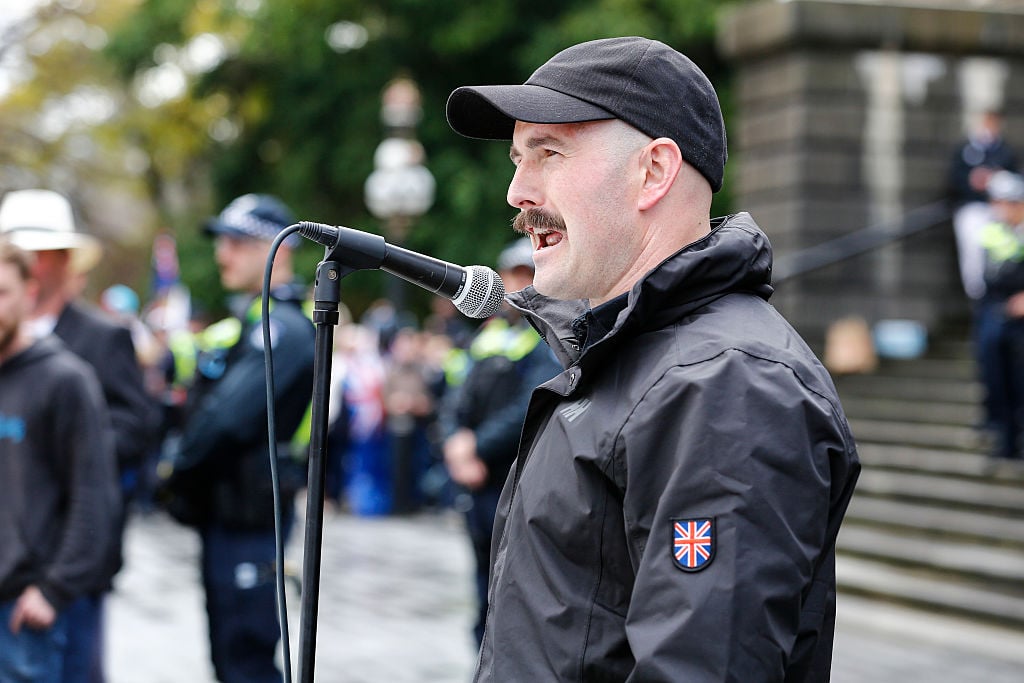
Image: Thomas Sewell, leader of the neo-Nazi National Socialist Network, speaks at the ‘March for Australia’ rally Credit: Ye Myo Khant/SOPA Images/LightRocket via Getty Images
The facts counteract the purported meaning of the march.
Per The Guardian, Australia’s net overseas migration (NOM) figure is actually down a sizeable 37% from a recent peak, with federal government figures showing the NOM for the 12 months to December 31st, 2024 was 341,000 people, down from 538,000 in the 2022-23 year.
The government spoke out against the march, stating “there is no place for any type of hate in Australia.”
“There is no place in our country for people who seek to divide and undermine our social cohesion,” Home Affairs Minister, Tony Burke, said. “We stand with modern Australia against these rallies – nothing could be less Australian.”
It doesn’t have to be this way, critics say.
At the end of Ken Loach’s The Old Oak (2023), the political filmmaker offers an alternative vision of a true union: at the annual miners’ march in Durham, which has been going on for around 130 years, Syrian refugees, who have faced persecution from disaffected locals earlier in the film, carry a banner displaying two words in both Arabic and English: “Solidarity” and “Resistance”.
“This is an actual parade that happens in that area [Durham],” Loach told Jacobin. “It’s the biggest demonstration in the country of working-class power. There are two hundred thousand people, different unions from all over the country. It’s a massive display of organised working-class power — ignored by the mass media.”
It feels instructive that Loach, whose social realist films such as Sweet Sixteen, I, Daniel Blake, and Sorry We Missed You often end in despair, offered a clear message of hope in the final scene of his final film.
The Old Oak is set in 2016, at the height of Brexit hysteria, when the UK’s dying towns and their people were looking for a scapegoat for their socioeconomic woes. Loach and the film’s writer, Paul Laverty, sensed that racism and xenophobia were negative discharges of this depression, but envisioned cross-community compassion overcoming them.
Almost a decade later, that depiction appears even more idealistic. Division is being sowed across the Commonwealth, propelled by far-right extremists like Tamaki and Robinson and Sewell. We need to be vigilant.































